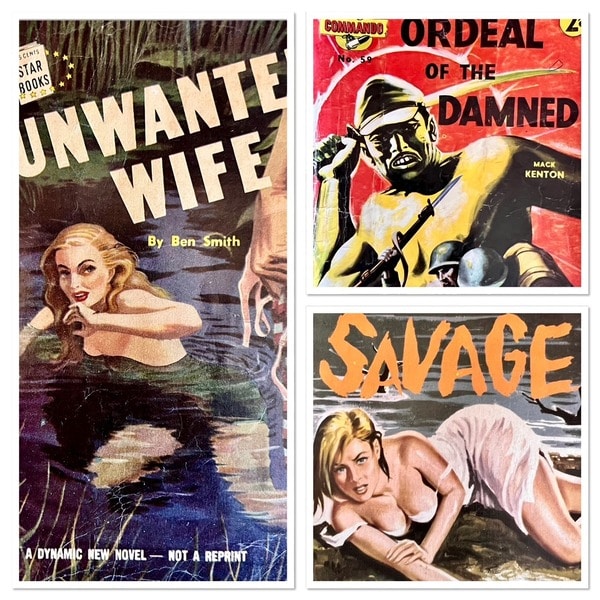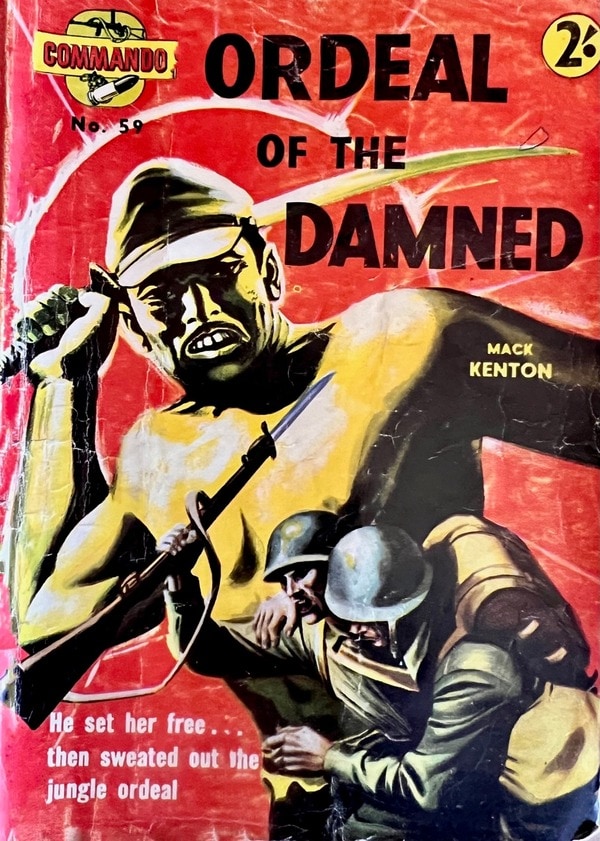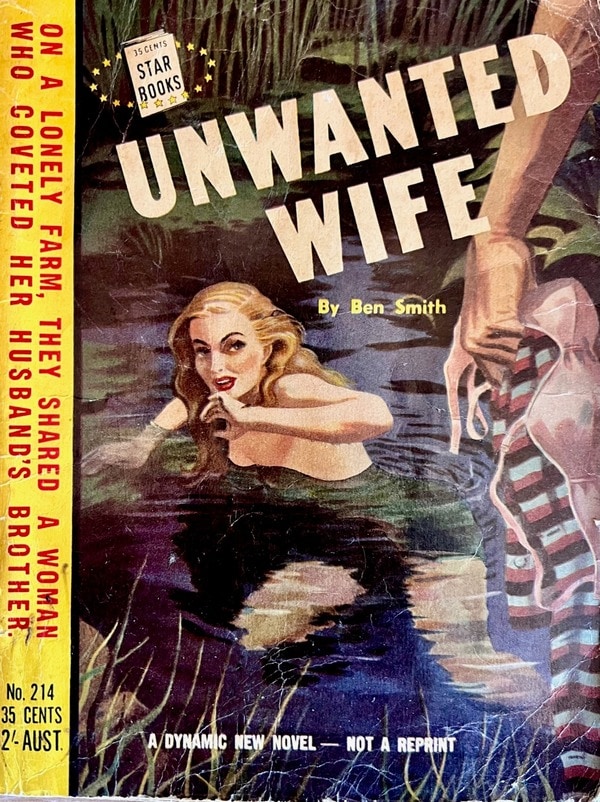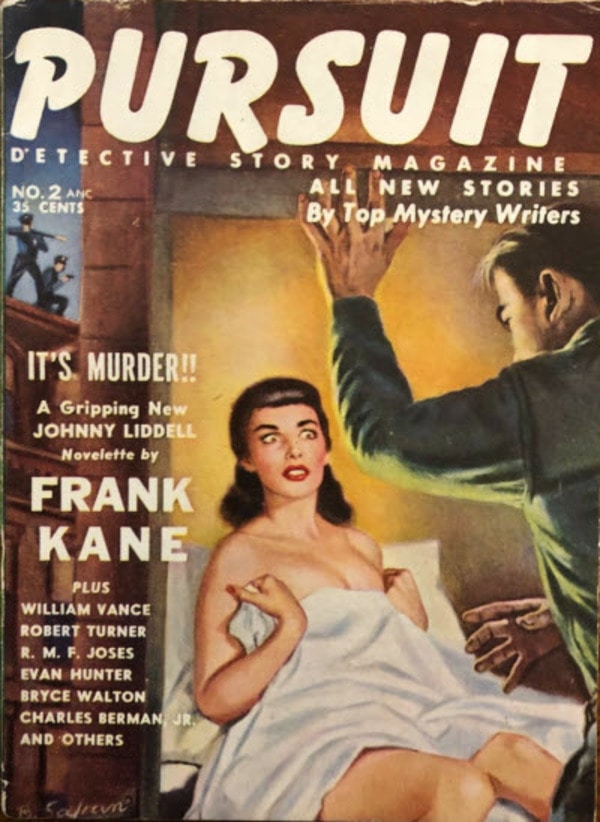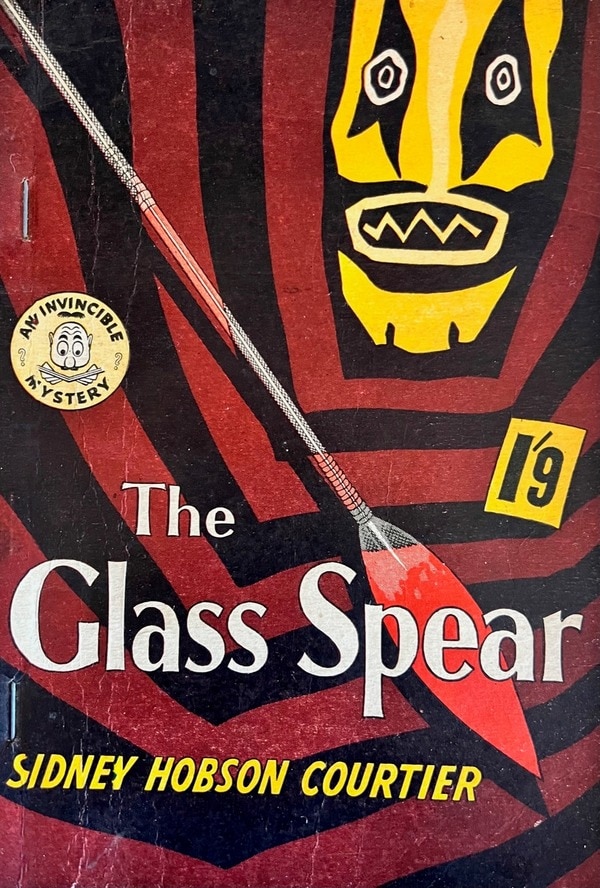TRASHY TUESDAY: EARLY AUSTRALIAN PULP BOOK HAUL
In my recent book scavenging I have come across some rare early Australian pulp paperbacks and digests. They have not been in the best of condition, but they are interesting additions to my collection.
Of the Australian paperback publishers of the 1950s and 60s, Horwitz is probably best known for their World War II novels and salacious stories about Australian nurses being captured by “sex-starved Jap officers” (Sin Camp, Horwitz, 1963). Other publishers, however, also tried their hands at the World War II and POW market, including Cleveland Publishing.
Cleveland are probably best remembered for their numerous western series, which ran into thousands of titles over the decades. They also ventured into war stories in the late 1950s and 60s, with short novelettes and then digest books, which grew in length from 96 pages to 128 pages.
Ordeal Of The Damned (Cleveland, Commando, No. 59) was one of the early 96 page digests (they started at number 58) and in typical Cleveland fashion there is no copyright date, although the price would indicate that it is probably from 1960 to 1963. The author Mack Kenton, produced around a dozen of these war digests for Cleveland, and an unknown number of novelettes.
The story follows a pretty standard format with an Australian soldier escaping a Japanese prison camp after the fall of Singapore and being rescued by a pretty Malay girl, before fighting his way back to Australia. There is also the complication of the Singaporean girl he hastily married, so she could get on the last ship to Australia before the Japanese invaded. It is poorly written and plotted, and contains the sentiments and prejudices you would expect of early 1960 Australian popular fiction. Although, it is reasonably respectful towards the Malay tribes and is much more chaste than the Jim Kent and John Slater Horwitz titles of the time.
The cover is probably by Stan Pitt, who did a lot of the Cleveland covers. It is very generic and not terribly representative of the story, but it does contain a Japanese soldier wielding a samurai sword, which was almost a prerequisite for these covers. The green tinge on the Japanese soldier gives him a, probably intentional, ghoulish look, and was typical of a number of the covers.
Here is a link to one of the articles I have done on the Horwitz POW books: https://murdermayhemandlongdogs.com/trashy-tuesday-pows-and-the-war-against-the-japanese/
And a link to one of the articles on Cleveland westerns: https://murdermayhemandlongdogs.com/trashy-tuesday-more-cleveland-western-covers/
Unlike Horwitz and Cleveland, the Original Novels Foundation only published books which originated from overseas, particularly the United States. In addition to mystery magazines, such as Pursuit – The Phantom Mystery Magazine, they released hundreds of paperbacks and stapled digests under different series, such Star Books, Phantom Books and Original Novels.
The Unwanted Wife by Ben Smith (1953) was one of their early Star Books titles. Despite the proclamation that it was an original story written especially for Star Books, it was actually originally released in America by Fiesta Books in 1952. The cover is also a copy of the one, which appeared on the Fiesta edition (below). It is a pretty good copy, although the brighter colours and the more skilled artistry around the legs, makes the American edition by illustrator Warren King more alluring and striking.
The Original Novels Foundation also reproduced Pursuit – The Phantom Mystery Magazine from America. The above edition appeared in Australia in April 1955, whereas the original one was released in America in November 1953.
Again the Australian edition features a copy of the original American artwork (below), this time slightly modified, presumably to meet censorship requirements in Australia. It also lacks the richness and depth of the American copy.
Here is a link to an article I did earlier this year on Phantom Books: https://murdermayhemandlongdogs.com/trashy-tuesday-phantom-books-book-haul/
Australian publishers Invincible Press published a number of mysteries and crime novels in the late 1940s and early 1950s. They mainly reprinted British and American crime stories, but they occasionally included Australian authors.
Sidney Hobson Courtier was an Australian author who wrote around 20 traditional clue-based mysteries set in Australia. The Glass Spear (Invincible Press, 1950), was notable for being one of two Australian mysteries he wrote that included Indigenous characters and ceremonies.
As can be seen, the Invincible Press covers were rather austere, but were typical of early 1950s covers in Australia.
A lot of popular Australian fiction, such as the Larry Kent and Carter Brown books, written in the 1950s and 60s, were set in the United States, partly in an attempt to make them saleable overseas. There was, however, a small stream of books set in the Australian outback. Often these were romances or adventure books set around the Royal Flying Doctor Service, but there were also other examples that made good use of their outback setting.
The Innocent Savage by the very prolific R. Wilkes Hunter is good example of this, and is a stark novel set in Darwin and the Northern Territory. It is about the hunt for an Indigenous tracker (the Savage of the title) accused of attacking a white woman. It is a tough tale, with a strong focus on Indigenous characters and customs. Very unsuitable for today, especially the use of the words natives and savages, but is a fair representation of views and attitudes of the time.
The artist for this second edition of the book is not credited, but it is a striking piece of artwork.
Finally this small paperback about stories and characters from the South Pacific, probably does not qualify as a pulp paperback, but it is still interesting. It dates from the 1940s. I could not find much on Tip-Top publishers, but they seemed to have mainly released westerns. The cover was probably on the salacious side for the 1940s.
I also picked up some other old Australian paperbacks, which I will feature over the next few weeks.
Credit to Graeme Flanagan’s Australian Vintage Paperback Guide from which a lot of the base information came.


